Navigating the Israel-Palestine debate in the classroom
University Affairs reached out to professors for their advice to faculty on how to discuss the Israel-Palestine conflict with students.

The ongoing conflict and tensions between Israel and Hamas is provoking strong emotions and heated debate on university campuses across the country. In this context it is crucial for teachers to approach this sensitive subject with tact and objectivity in the classroom. To help create a safe and respectful learning space, university faculty members from across the country are sharing their tips and strategies.
Active listening and compassion
Janice Gross Stein, Belzberg Professor of Conflict Management in the Munk School of Global Affairs and Public Policy at the University of Toronto
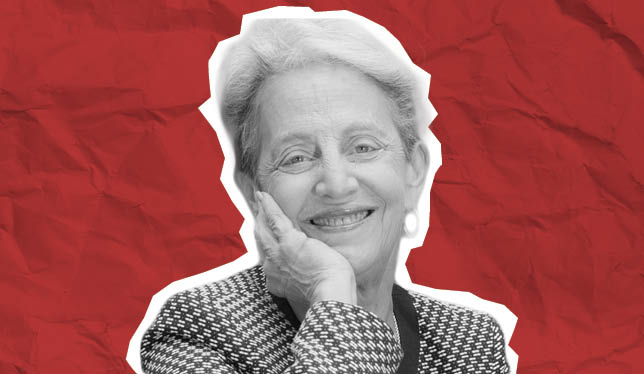
The war between Hamas and Israel evokes the most painful memories of both peoples. In the classroom, I begin by emphasizing how important it is to listen actively to the narratives of both peoples, and acknowledge the history of dispossession and suffering that each of them has experienced over time. That acknowledgement has to be genuine, and it can only be genuine if students are actively listening.
Once the acknowledgements have taken place, the conversation can go in many different directions. Students may discuss with faculty, for example, which claims can be substantiated by evidence and which cannot, assess appropriate international legal standards for wartime behaviour, or explore the possibilities and limits of conflict resolution. These kinds of conversations provide an opportunity to establish what counts as evidence and how as scholars, we establish the criteria. It is important to engage with students on how we deal with evidence that is contested and how we make inferences in the presence of contestation and ambiguity. In the course of these conversations, I emphasize that we owe our colleagues a duty of care. It is important to challenge evidence and inference in the most rigorous way that we can, but we must do so with a filter that expresses these views in ways that will inflict the least pain on our colleagues who are members of our community. Truth-seeking and compassion are not incompatible with one another in the context of a community where we care for one another.
Addressing the conflict: A learning approach
Ghayda Hassan, professor of psychology at Université du Québec à Montréal
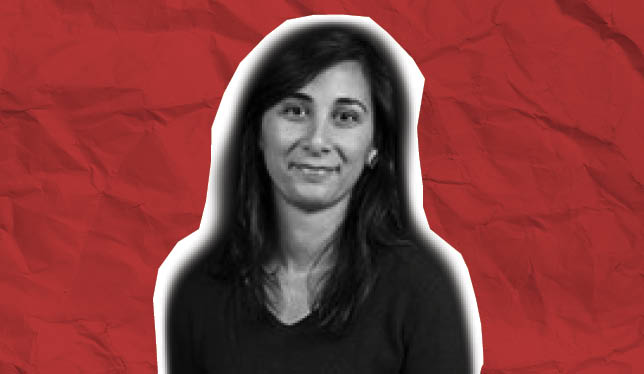
It’s important to discuss the conflict in class because silence or avoidance can be counterproductive. But you need ground rules. Mutual respect and supportive understanding are vital. Emotions should be expressed respectfully and embraced.
Before getting into theoretical perspectives, it’s important to acknowledge students’ feelings to help keep emotions from boiling over. Some students may be deeply affected by the conflict, while others may feel less engaged or simply lost. It’s crucial to recognize this diversity of experience in the classroom.
It’s also key to emphasize that conflicts like the Israeli-Palestinian one can stir up past traumas and lead people to see the world in black and white – as a battle of good versus evil. This can drive dehumanization and division. Historical examples can help illustrate this point.
It is also crucial to talk about the roles of social media and misinformation in the dehumanization of the opposing sides. We need to educate students about misconceptions and generalizations and emphasize the distinction between political groups and civilian populations.
I would recommend a call for empathy towards all victims of the conflict, while acknowledging that some students may find this challenging. If empathy is difficult, urge them to show compassion for people whose experiences differ from their own.
Remind students that civilians are always the primary victims of armed conflict and promote the support of human rights and the protection of civilians.
Most of all, professors need to make their own position clear and refrain from trying to persuade students. Their role is to foster discussion and critical reflection on the implications and dangers of conflicts.
Finally, it’s crucial to offer students concrete ways to show social solidarity that help them engage positively with the conflict and its repercussions.
Balancing debate and emotion
Mira Sucharov, professor of political science at Carleton University

When I teach the politics of Israel-Palestine, I’ve learned from my mistakes. I used to try to bar student emotions from creeping into the classroom. I now realize I did this because it made me feel more comfortable. I now actively invite students to express how they are feeling by beginning the discussion with an emotions-centred round of discussion. I then go on to invite a second round of discussion, this time by asking students to pose questions about the topic. But I prompt students to do something quite specific: I ask them to preface their question with an acknowledgment of what kind of question it is: is it a descriptive question? (what is? How is?); is it an explanatory question? (why are things the way they are?); is it a predictive question (what will be); or is it a prescriptive question (what should be?)?
I’ve also learned to view my own rising emotions as a signal of something. I once attempted to correct a student who claimed that Palestinians are comprised of Muslims, Christians and Jews. There are indeed Muslim and Christian Palestinians, I said, but aside from the comparatively rare offspring of a marriage between a Palestinian and a Jew, there really isn’t a subset of Jewish Palestinians. The debate intensified though, and I found myself feeling defensive. I eventually invited the class to stay behind a few minutes past the hour, voluntarily. There, I probed the student further, sensing that there was something behind the point that the student was trying to convey. I eventually understood that the student was trying to emphasize that before the rise of Zionism (or the 1917 Balfour Declaration or the 1947 Partition Resolution and the subsequent founding of the State of Israel in 1948), there were many years during which Jews and Palestinians lived together peacefully in Palestine. And while the course covers various perspectives on Zionism, I finally understood what was at stake for this student.
Patience, a mindful approach to emotions, awareness of my own potential defensiveness, and a spirit of curiosity helps me, and, I hope, the students.
Respectful and intelligent conversations
Catherine Chatterley, founding director of the Canadian Institute for the Study of Antisemitism
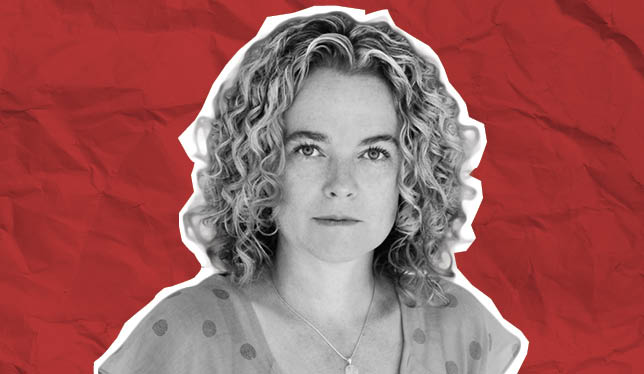
The methods for discussing Israel-Palestine in the classroom should be no different from discussing any other complicated and protracted human conflict involving history, geography, religion, mythology, terrorism and cycles of violence, including state violence (Northern Ireland is an obvious example).
Primary and secondary sources from all sides and perspectives should be assigned reading for students, who should be challenged to present and debate possible constructive solutions to the conflict in group discussions with their colleagues in class. Many “partition plans” and “peace process” proposals have been negotiated since 1937, so why have they all failed to achieve a lasting solution to this conflict?
Students should be exposed to the (lost) art of persuasion, based on insightful argumentation and the presentation of evidence, as an antidote to widespread social media tactics of bullying, intimidation, and propagandizing, which is in large part responsible for the emotional dysregulation we see in public today. Students can be assigned presentations where they make an argument based on a file of legitimately sourced authoritative evidence and their peers evaluate their performance by judging whether the presentation was persuasive and convincing and based on firm conclusive evidence.
The goal in class should be for everyone to engage in respectful and intelligent conversation and debate, regardless of how profoundly people disagree with one another and how upset they feel under the circumstances. Instructors should be modelling this behaviour for their students.
Taking the time to reflect
Carrie Smith, vice-provost (equity, diversity and inclusion) at the University of Alberta
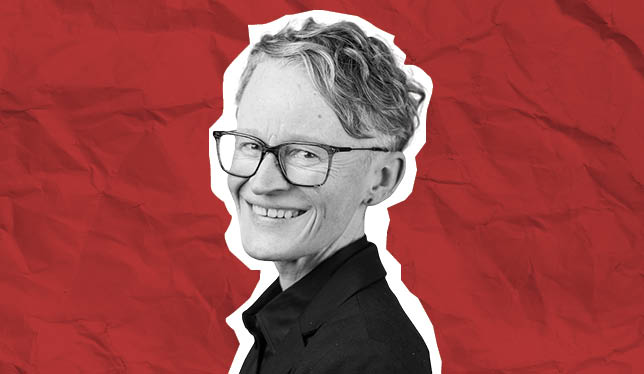
There is no one answer to this question. Instead, it sparks for me a series of reflections that faculty should undertake before seeking answers.
The institutional context: What has been the tenor of conversations on campus? Are there engaged groups of students who have regularly protested or have articulated harms? What local tensions are present that would inform students’ response?
The classroom context: Are there students who have been immediately affected? Or those who have experienced war, genocide or intergenerational trauma who might be affected? Is there a sense of openness, trust and support among the students in your class? Or with yourself and any teaching assistants?
The disciplinary context: How ready are students to have this conversation? Does your discipline offer students the tools for such a discussion (for example, in peace or conflict studies or critical race studies) or do you need to seek these elsewhere? Are there opportunities to connect the discussion to course learnings?
And finally, your context: What are the pedagogical motivations for the discussion? Will you bring in your perspectives? How will you take care of yourself?
Keep in mind there will be students who welcome the opportunity and those who struggle. Ensure that you are equipped to respond to concerns and that you foster the conditions by which difficult conversations can flourish. You might consider creating community guidelines collectively, such as “I” statements, confidentiality, and being explicit about what the class will do if harm occurs. You should also offer an opt-out option to students and links to university supports.
At the University of Alberta, we’ve taken a relational and capacity-building approach. In October, we launched an instructor resource that focuses on trauma-informed, concrete advice for instructors before, during and after class. Beginning in February 2024, we have offered workshops for instructors using some of the tools in the series Universities in Times of Crisis. These provide not only opportunities to practice, but also a community who can turn to each other for advice.
Do you have practical advice on how to discuss the Israel-Hamas conflict in your classroom?
If so, email us in English or French (up to 300 words) along with your name, title and institution at: [email protected].
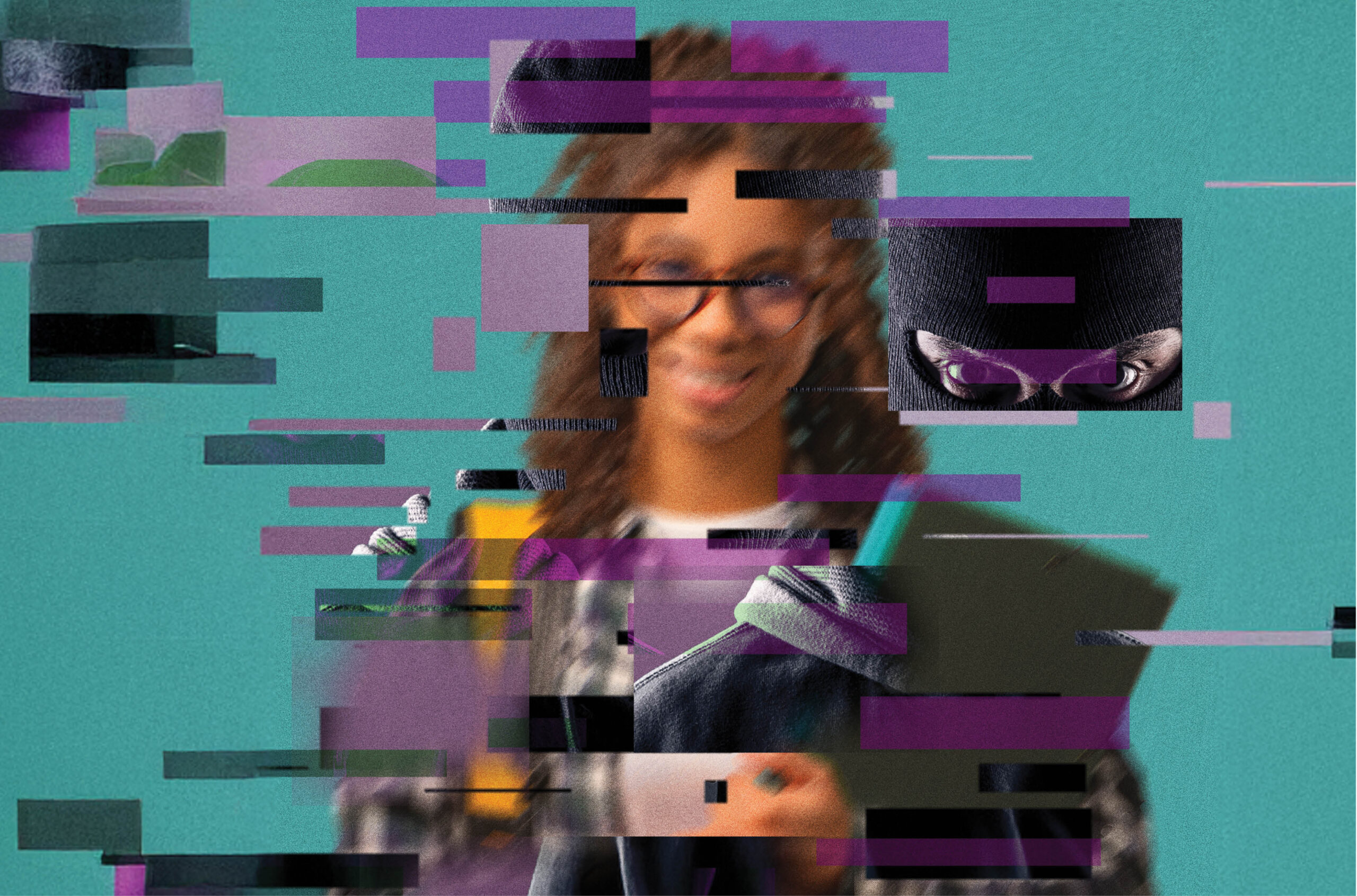


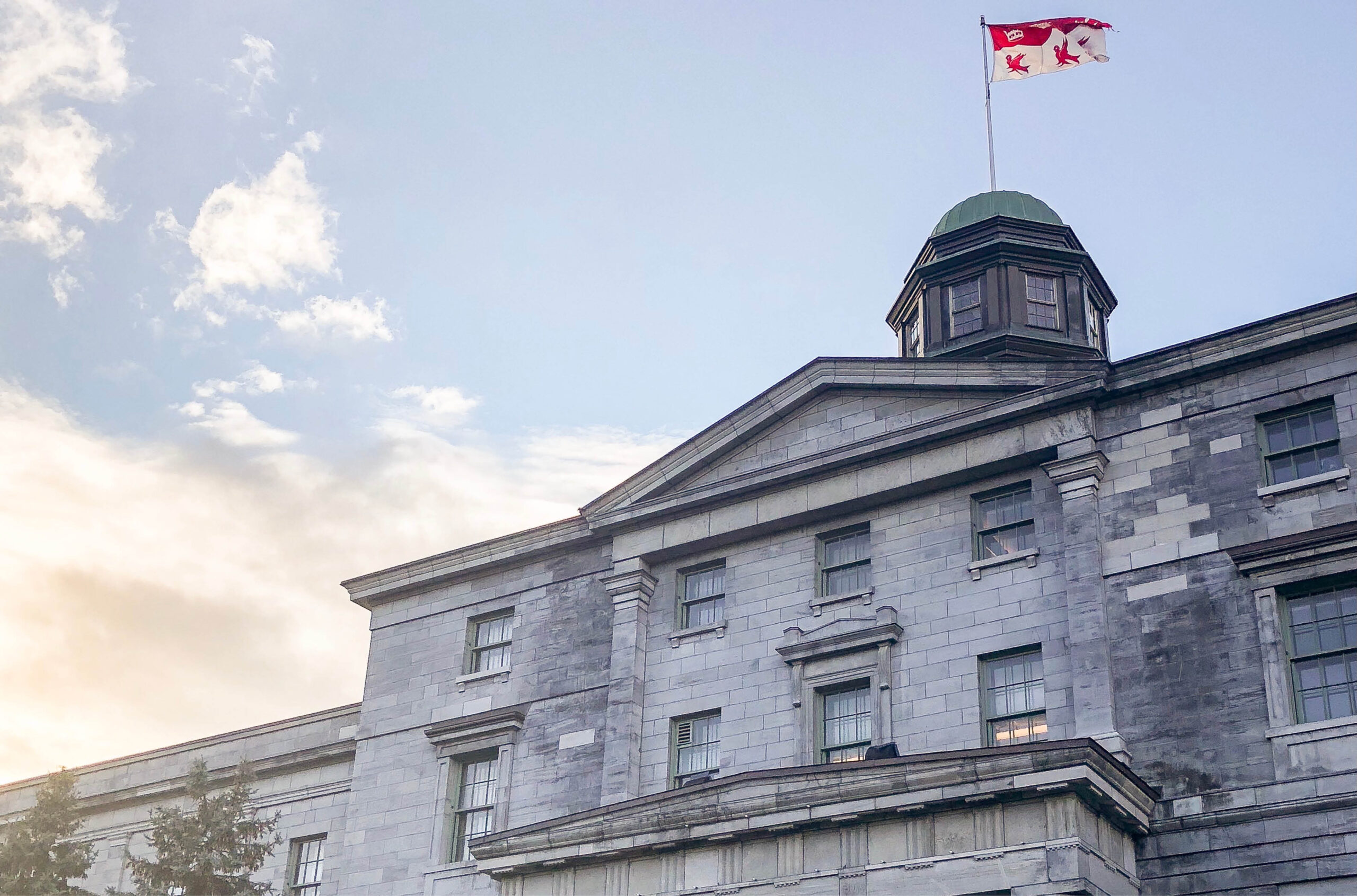

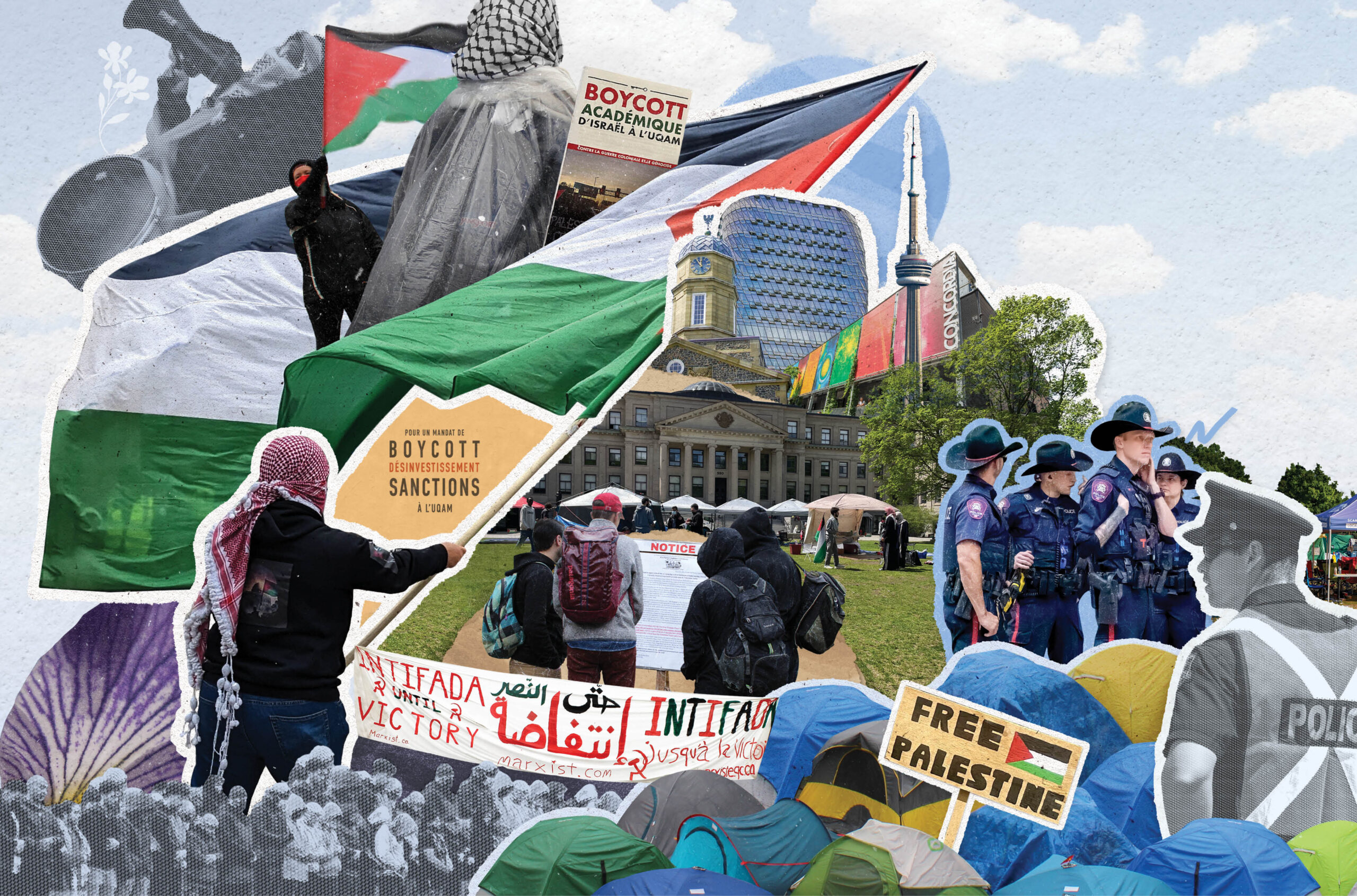

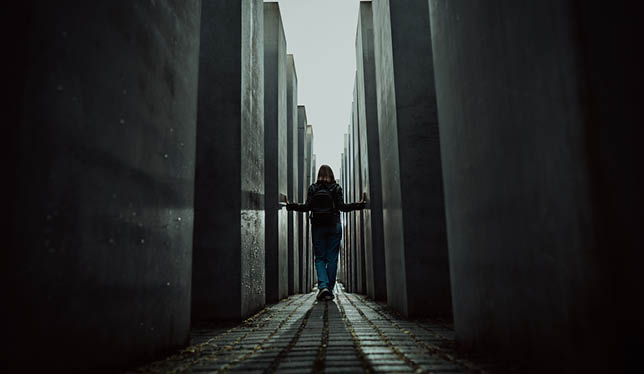
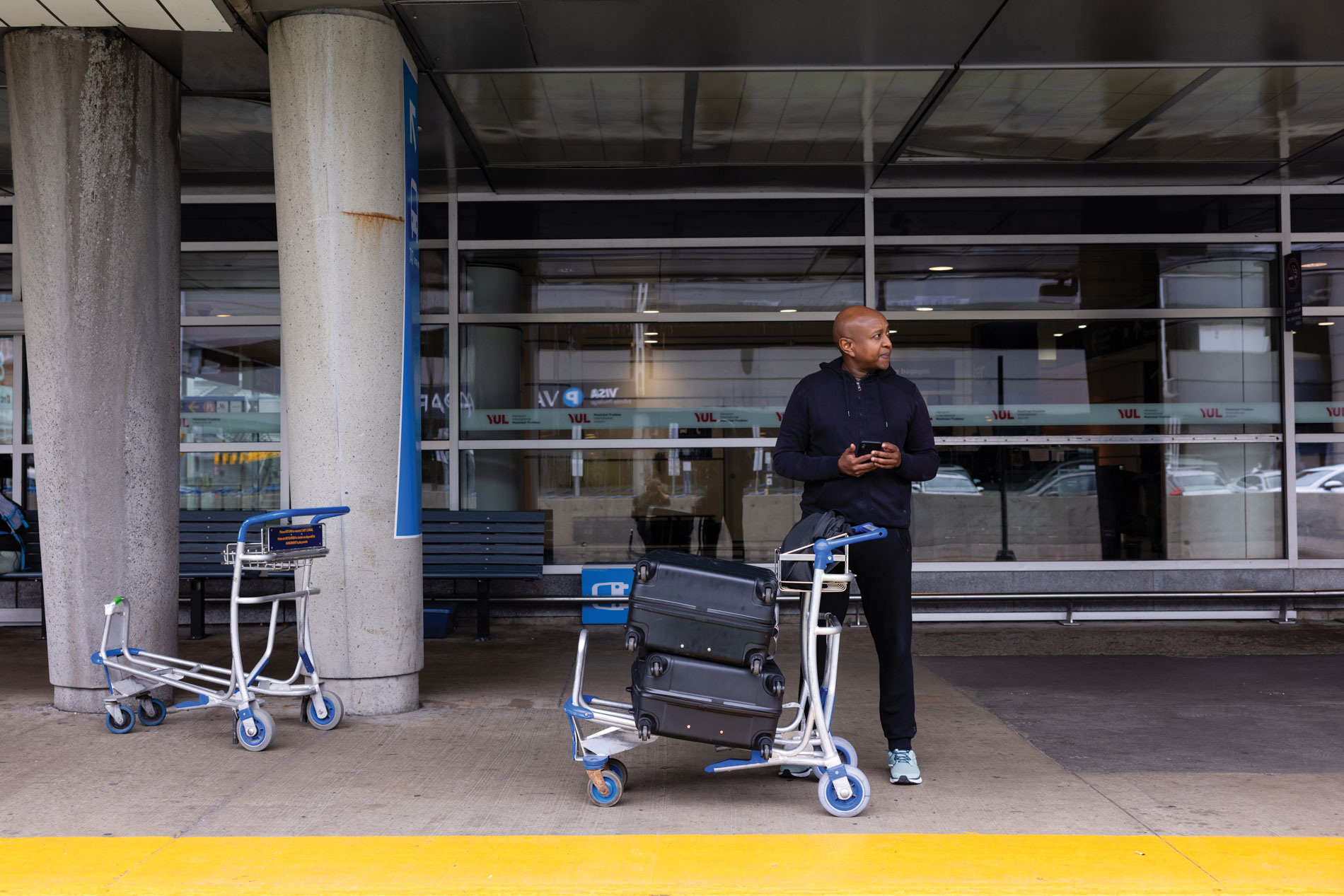
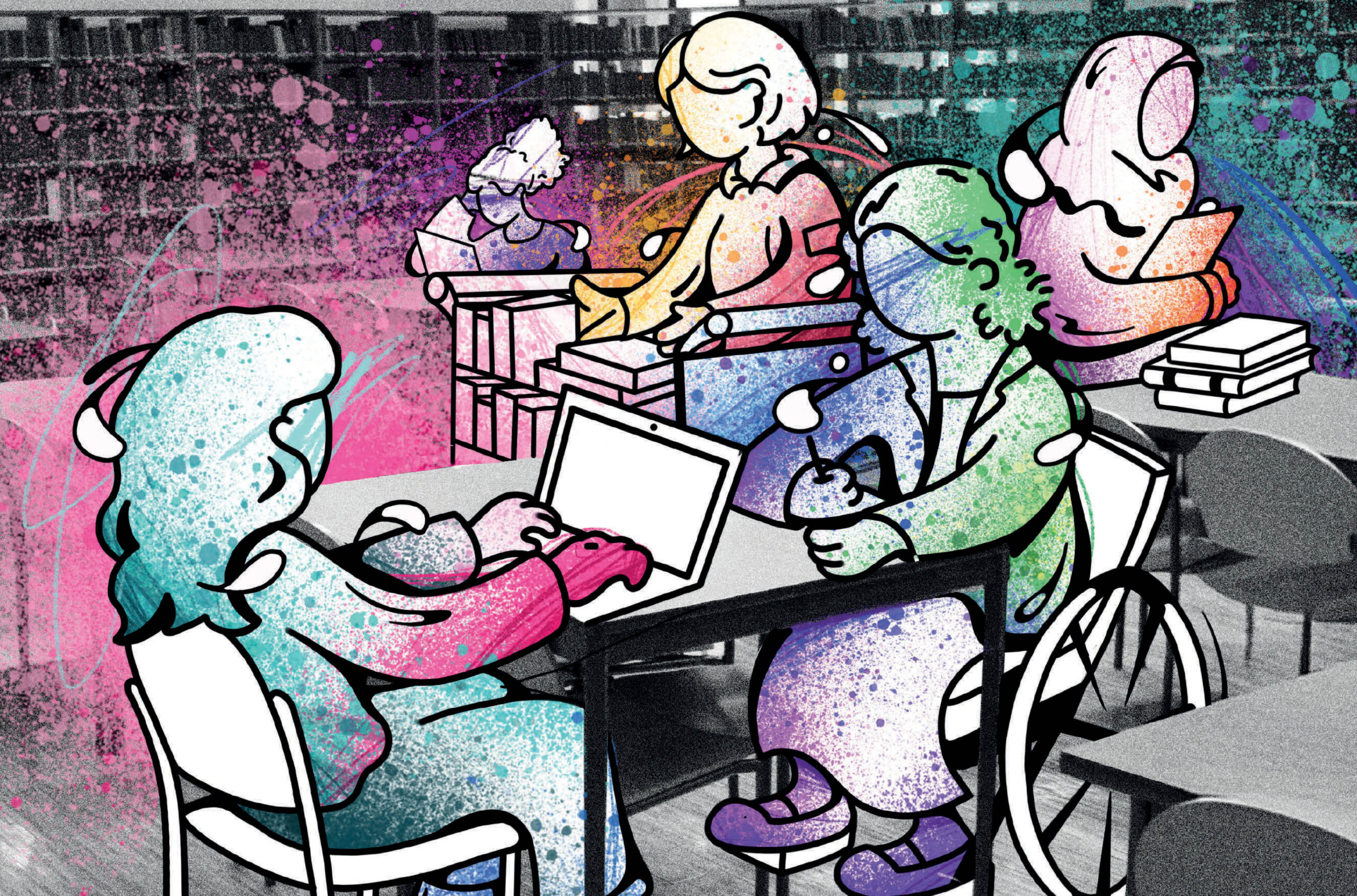

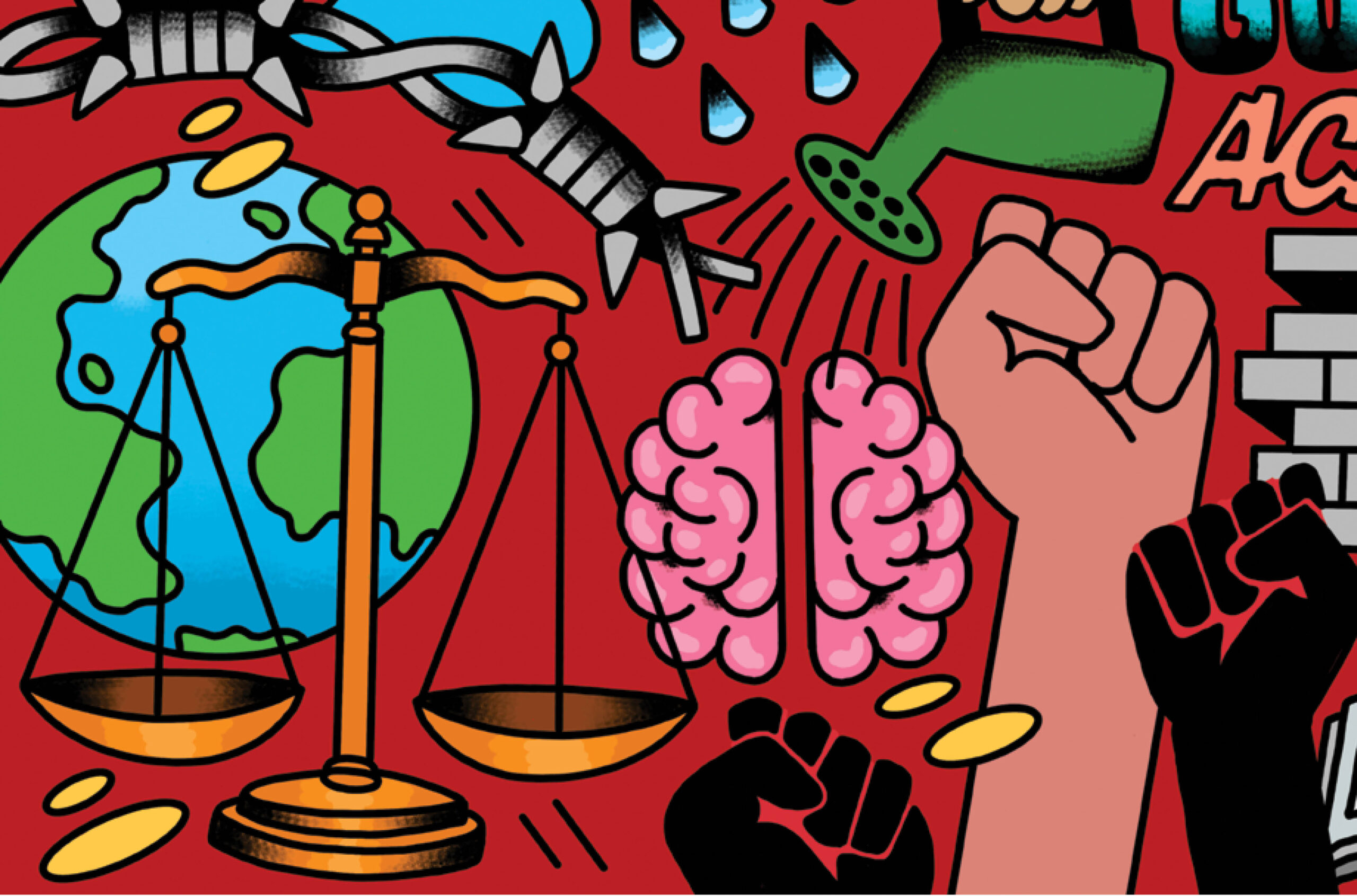
Post a comment
University Affairs moderates all comments according to the following guidelines. If approved, comments generally appear within one business day. We may republish particularly insightful remarks in our print edition or elsewhere.